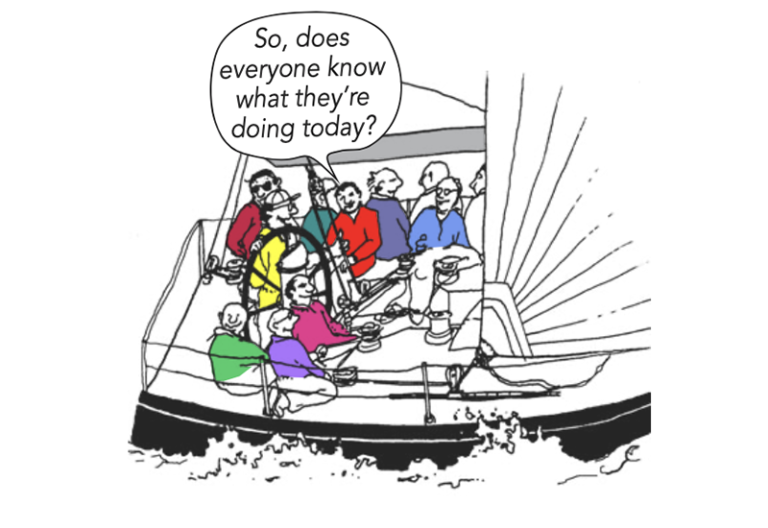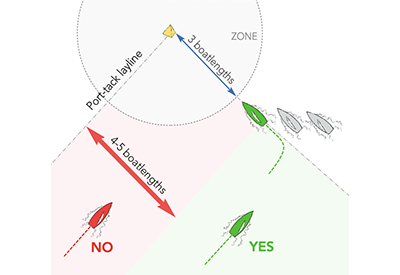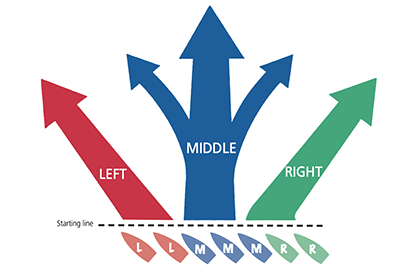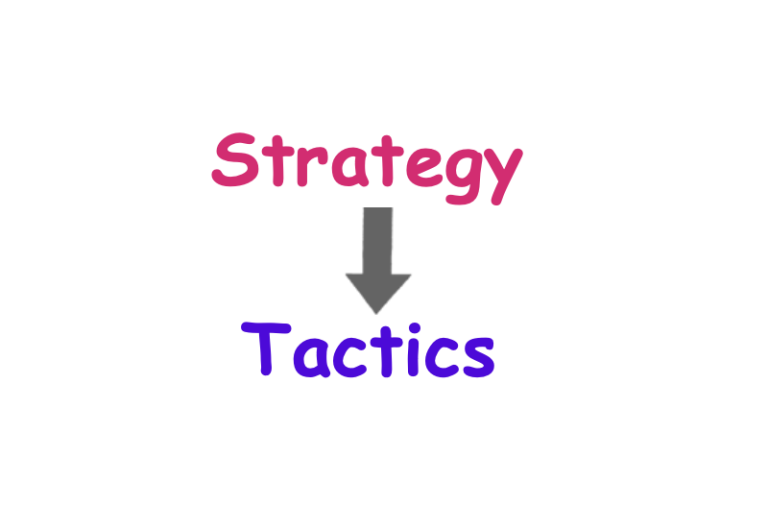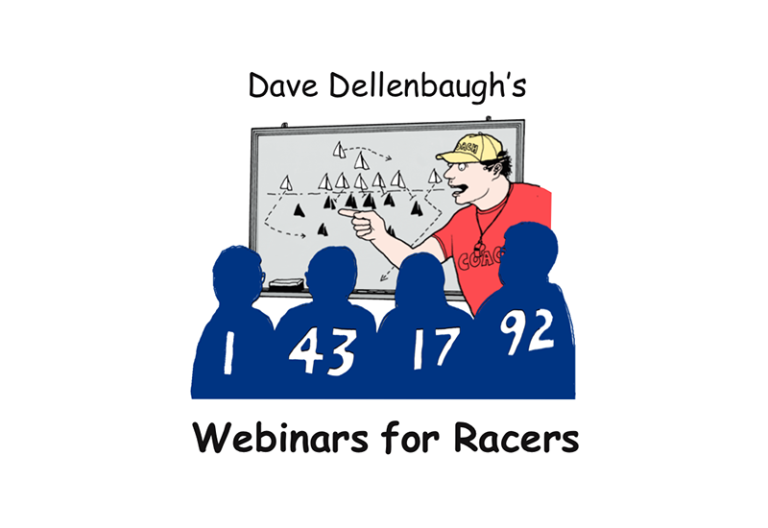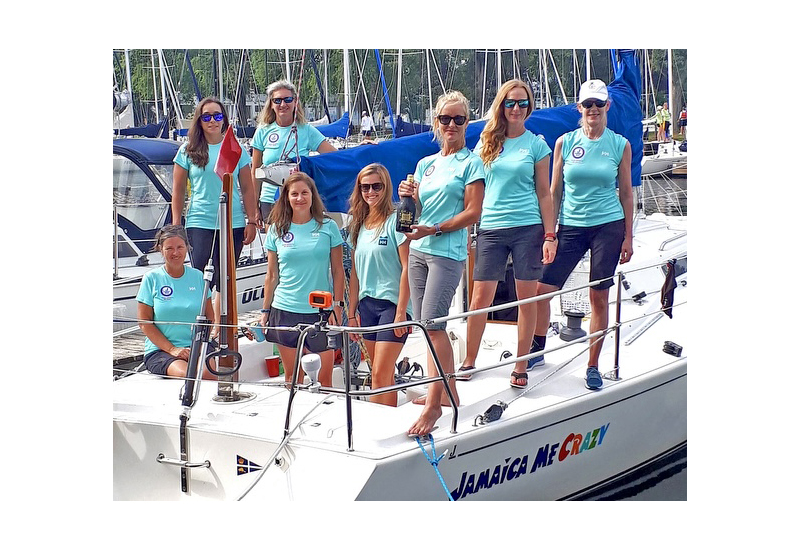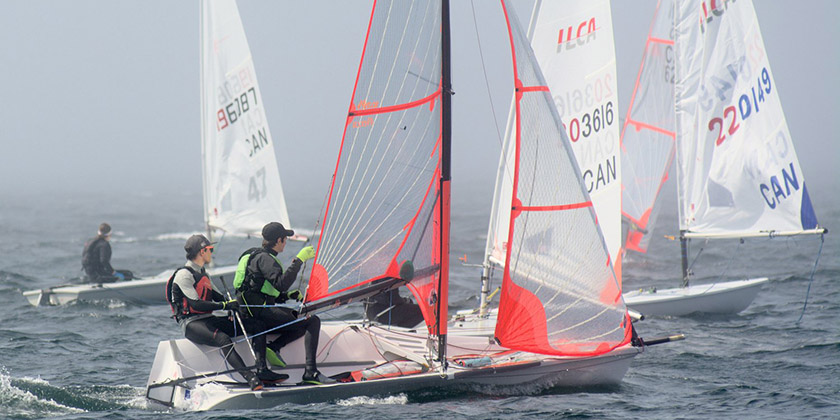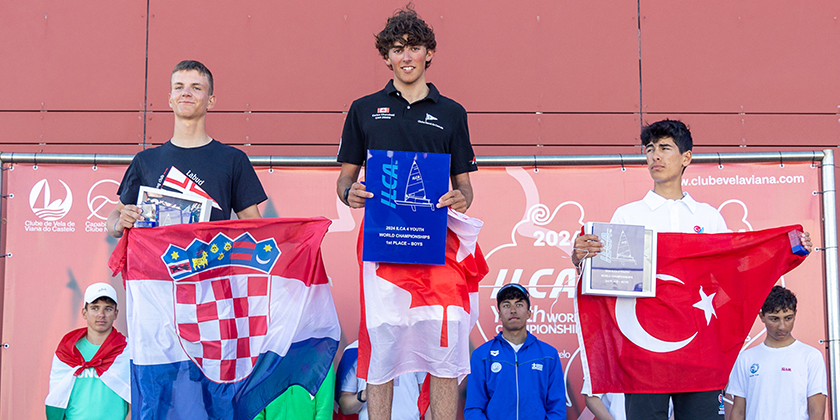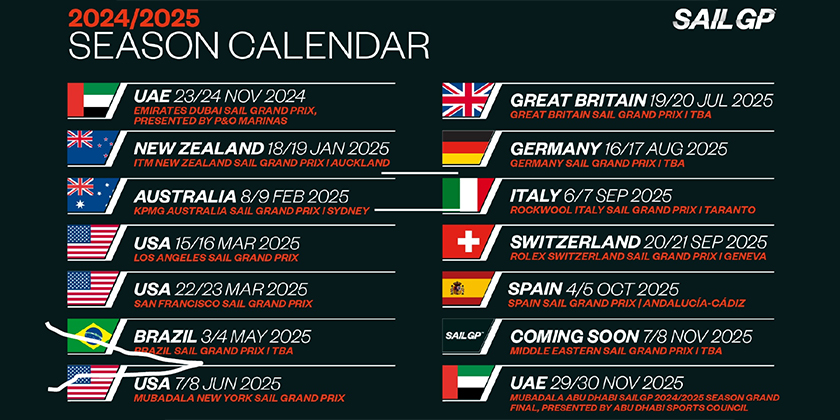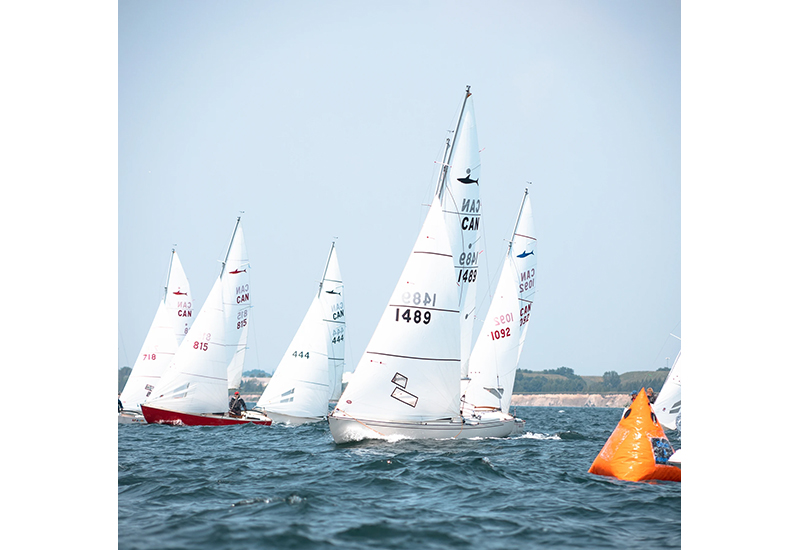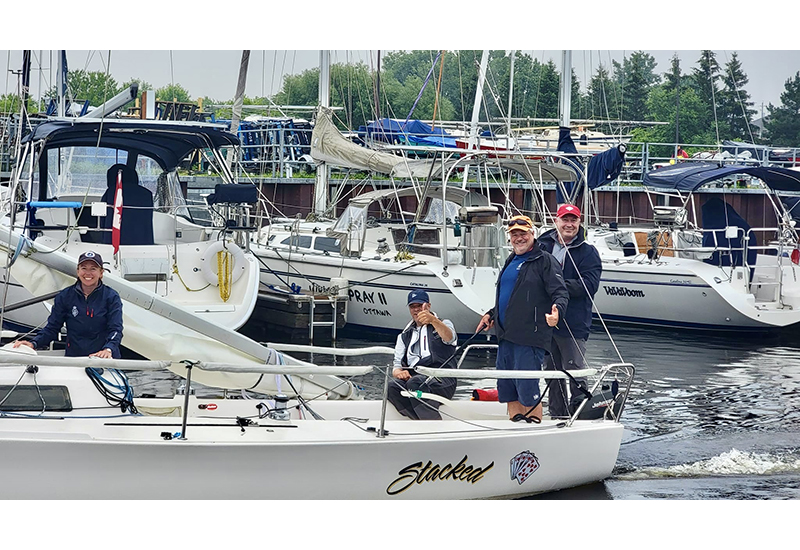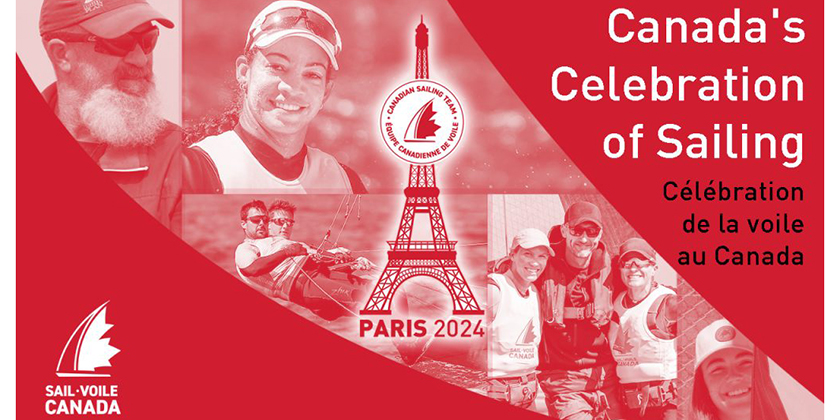Speed & Smarts: Tips: Boatspeed
Mar 6, 2024
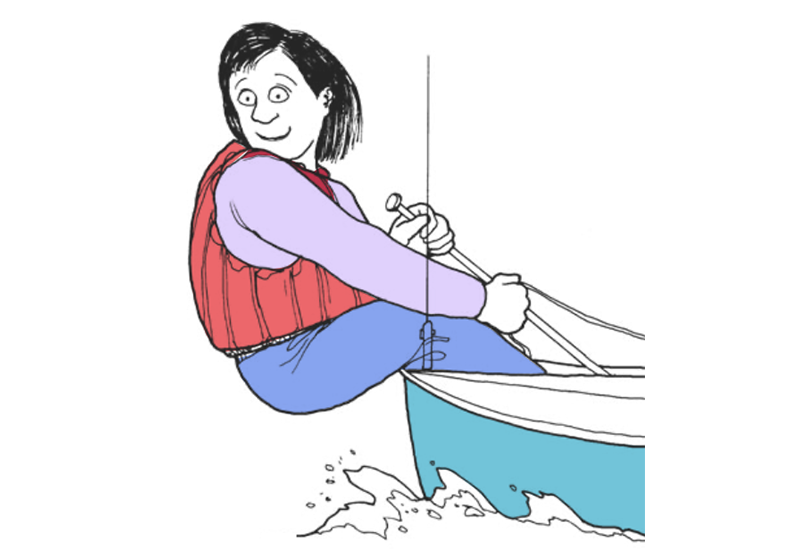
Change gears – early and often!
When the wind or sea conditions change, as they always do, you must promptly make corresponding changes to your boat and sails by ‘changing gears.’ This process is critical for maintaining good speed over the course of a race. The fastest sailors are skillful at sensing changes in the wind and waves, and they shift gears a lot (and sooner) compared to less-fast racers. When you need to change gears, there are many possible adjustments you can make. But many of those are difficult to make or they don’t have much effect. It’s better to focus on things that are easy and quick to adjust and have a significant impact on performance (like mainsheet, jib sheet and backstay).
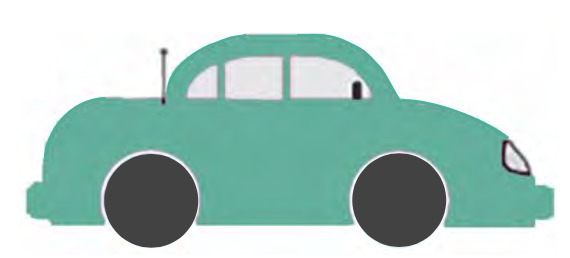
Be fast right after the start.
A big priority when setting up your boat before the start is to optimize your sails and tuning for the first few minutes after the start. When you come off the line, you want to sail your boat at its absolute fastest so you can poke out in front of the pack. So, set up for the wind you have at the start, even if you expect it to change later in the leg. If the wind does change, it’s usually better to be leading the fleet with the wrong set-up than back in the pack with perfect sail trim.
Use your sheets to change gears.
The best way to change gears quickly, easily, and substantially is with your mainsheet (and/or jib sheet). A simple trim or ease affects the attitude of your entire sailplan. So, this should usually be your first move.
Don’t cleat the sheet!
When you are changing gears a lot, try not to cleat your mainsheet. This line gives you a good feel of the boat’s pulse, and it’s the quickest way to make small changes to keep the boat going fast. When you cleat it, you lose that feel and delay your response to any changes in the wind and waves. Of course, when it’s windy the helmsperson may need help holding the sheet, or you may have to put it around a winch. Just try not to use a cleat.
Power up before you hit waves.
When you’re sailing in waves, it’s important to make sure your boat is powered up and going fast when you hit the bad ones. Anticipation is key. The secret to maintaining speed through a bad wave set is shifting gears before you get to those waves. That means you need enough warning to power up your sail plan before the bow digs into the first wave. As soon as you see a bad wave coming, make sure everyone knows. Then ease sheets, bear the boat off for speed, lean your crew weight aft and hold the rudder straight.
Minimize rudder movement.
Steering a lot with your rudder is generally slow (on any point of sail) because it creates unnecessary drag and turbulence. Even when you’re sailing upwind in waves, less steering is usually better. Of course, it can be very helpful to make subtle course adjustments to miss the worst waves. But once you are about to hit the first bad wave, it’s usually best to lock your rudder in the center until you’re through the worst of it. When you’re pounding in waves, the last thing you need is extra drag from a moving rudder.
Are the waves symmetric?
The waves are usually perpendicular to the wind and therefore the same on each tack, but this is not always the case. A wind shift, cross-current or distant storm can create waves that are asymmetrical. The first step is recognizing when this is the case and the second is to trim your sails and boat different as necessary from tack to tack. For example, the wavy tack requires more power and twist in the sails and you can’t point as high as on the smoother tack.
More waves than wind?
With any wind speed, there is a certain size and shape of waves that you expect to see. But sometimes you get more waves than wind (e.g. a dying breeze), or more wind than waves (e.g. a building breeze). It’s important to know what you have so you can make the appropriate trim changes. With more wind than waves, for example, you can trim hard and point high. But when you have more waves than wind, you need speed rather than pointing.
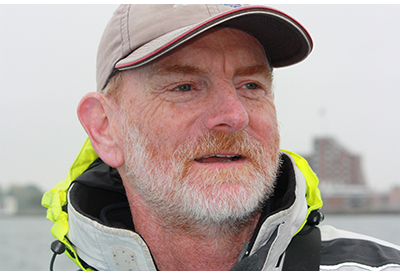
Dave Dellenbaugh is the publisher, editor and author of Speed & Smarts, the racing newsletter. He was the tactician and starting helmsman on America3 during her successful defense of the America’s Cup in 1992 and sailed in three other America’s Cup campaigns from 1986 to 2007. David is also two-time winner of the Canada’s Cup, a Lightning world champion, two-time Congressional Cup winner, seven-time Thistle national champion, three-time Prince of Wales U.S. match racing champion and past winner of the U.S. Team Racing Championship for the Hinman Trophy. He is currently a member of the US Sailing Racing Rules Committee (and was its chairman from 2005-2008).
You can subscribe to the Speed & Smarts newsletter HERE.

